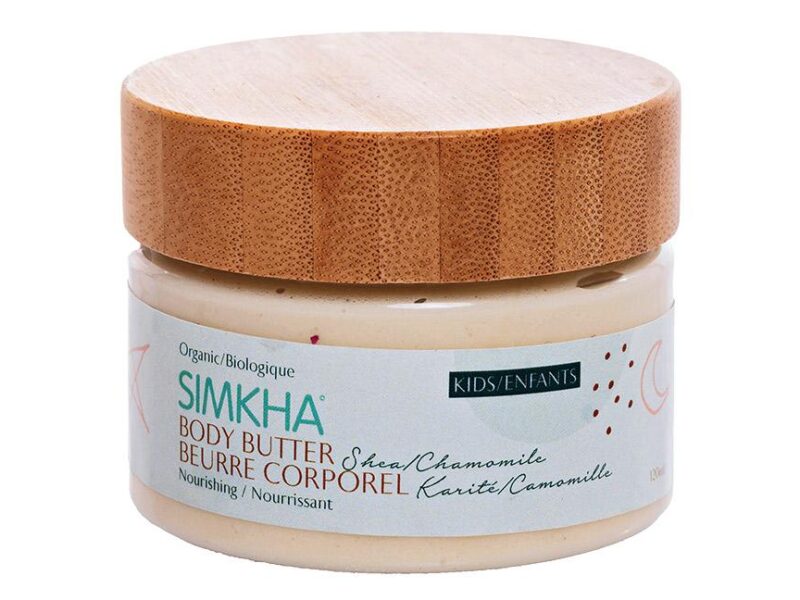
Childhood food allergies linked to skin
Data from the Centers for Disease Control and Prevention says four out of every 100 children has a food allergy, and such numbers are on the rise. While the mechanisms by which a person develops an allergy to specific foods remain something of a mystery, new research points to the skin as a likely culprit. And certain products that unsuspecting parents use on infants and children may make matters worse.
A study from Northwestern University Feinberg School of Medicine says the factors contributing to food allergy include genetics that alter skin absorbency, skin exposure to allergens in dust, use of infant cleansing wipes that leave soap on the skin, and skin exposure to food from those providing infant care. These factors may be the ideal recipe for a food allergy to emerge. Even if a child has yet to ingest a certain food, it can still enter the body through the skin.
Baby wipes containing the synthetic cleanser sodium lauryl sulphate may be partially to blame. The top layer of the skin is made of lipids that create a protective barrier against allergens. Soaps and wipes can disrupt that barrier, explains Joan Cook-Mills, a professor of allergy-immunology who was involved in a study published in the Journal of Allergy and Clinical Immunology. Children with genetic skin-barrier defects also may be vulnerable to food allergies. When touched after an adult or sibling has handled peanut butter, eggs, soy, shellfish, or one of the other common food allergens, such children may experience a reaction.
Adults should wash their hands before picking up or tending to infants and rinse off areas where wipes or other cleansers are used to avoid potential problems with decreasing lipid barriers against allergens. (MCC)





